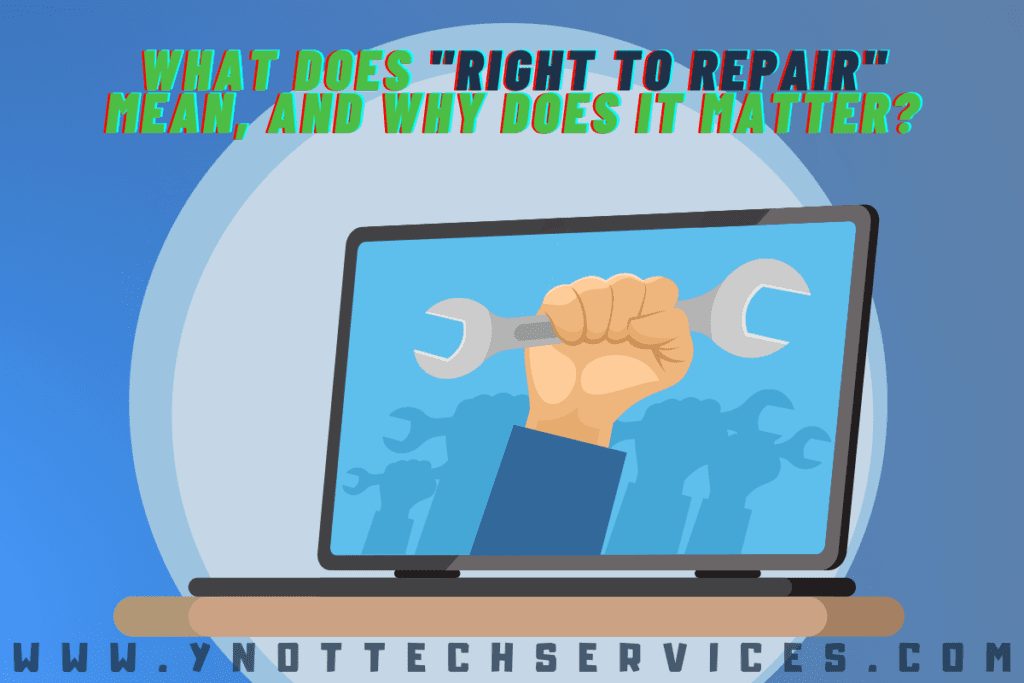The New PC TuneUp
How exciting! You got a new computer for Christmas. It’s sleek, shiny, and so much faster than what you had before. That’s great, but it doesn’t mean you should leave it untouched. This article shares several steps you might take to secure your data and keep that new device in tip-top shape. [Read more…]










 Outsourcing to an MSP: Custom-size Your Partnership
Outsourcing to an MSP: Custom-size Your Partnership
